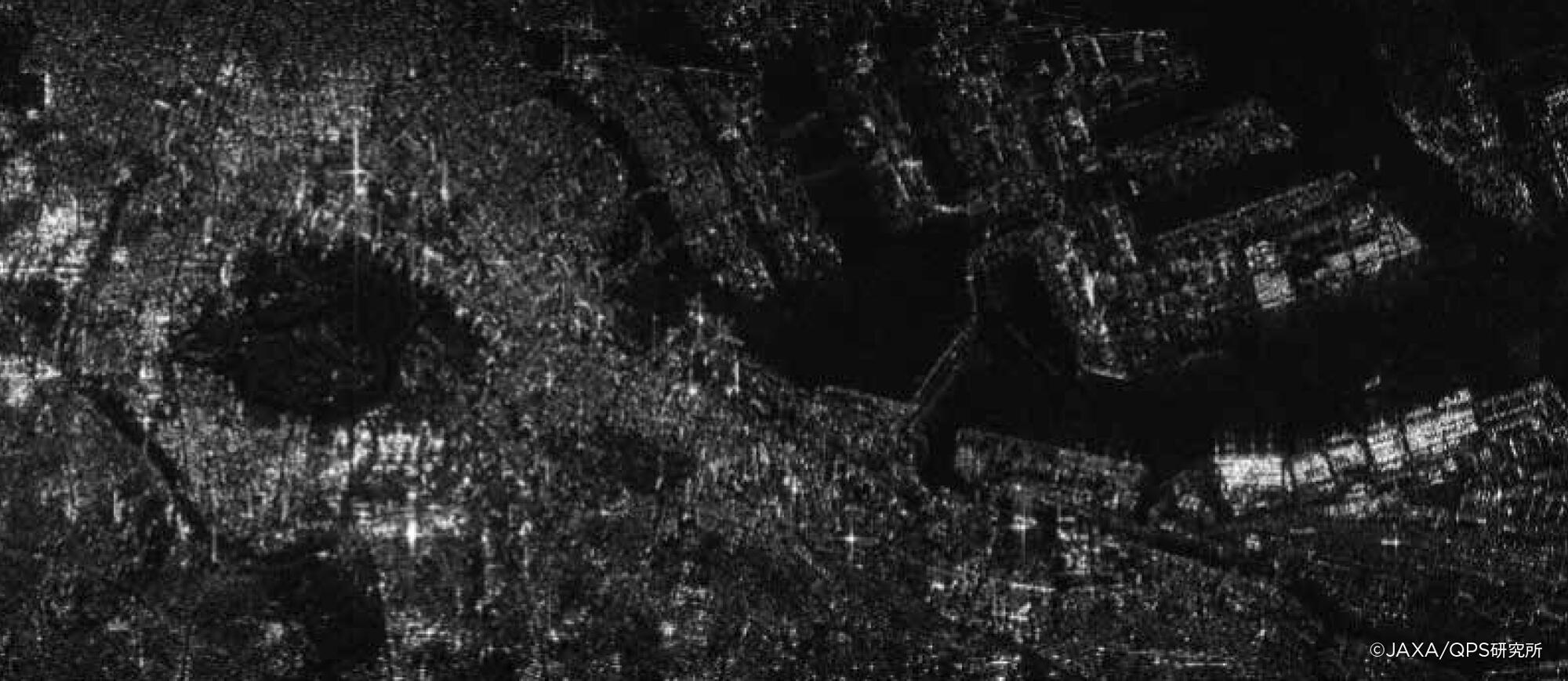Research and Development Directorate
In-orbit Imaging Processor FLIP
JAXA Achieve In-orbit Imaging of Synthetic Aperture Radar Data
The Research and Development Directorate is currently exploring the technology for processing SAR (synthetic aperture radar) data to generate SAR image in-orbit. As part of this ongoing research, a successful in-orbit demonstration experiment was conducted in cooperation with a private company. OZAWA Satoru, the lead researcher of this technology, provides insights into the research and its outcomes.
“On June 13, 2023, the FLIP (Fast L1 Processor), an in-orbit imaging processor jointly developed by JAXA and Alouette Technology, was launched onboard QPS-SAR6, the iQPS (Institute for Q-shu Pioneers of Space) satellite. The FLIP was used for in-orbit imaging processing of pre-stored SAR data in the satellite, and achieving successful image generation.”

SAR is a radar form using radio waves to obtain Earth's surface images. Its raw data is conventionally transmitted to the ground and processed by computers to generate the images.
“The massive amount of raw data gathered was both cumbersome and time-consuming to transmit to the ground. FLIP processes and converts data into images almost in real-time. The images can be compressed in-orbit. This significantly shortens the time required for transmission to the ground compared to raw data.”
In this demonstration, FLIP successfully produced images rapidly (approximately 23 seconds). Through compression processing, the transmitted data to the ground was compressed to less than 1/1000th (0.0845%) of the raw data, remarkably reducing the time needed for ground image acquisition.
“This technology holds promise for applications in disaster prevention and mitigation on the ground. Swiftly delivered images enable the detection of potential floods and volcanic eruptions. In the field of space exploration, envisioning scenarios where spacecraft autonomously process data, extract vital information from extensive datasets, and transmit it to Earth from a distance is within reach.”
Ozawa plans to delve deeper into the experiment's intricacies and continue processing the data acquired by QPS-SAR6 using FLIP in future observations.
“As we move forward, our focus is on advancing the development of information processing technology using AI based on data imaged by FLIP. We aim to enhance and apply this technology further, for instance, by utilizing AI to automatically detect man-made objects (such as ships) in ocean images, contributing to ensure safe navigation.”
Profile

|
|
|---|
All the images are copyrighted ©JAXA unless otherwise noticed.